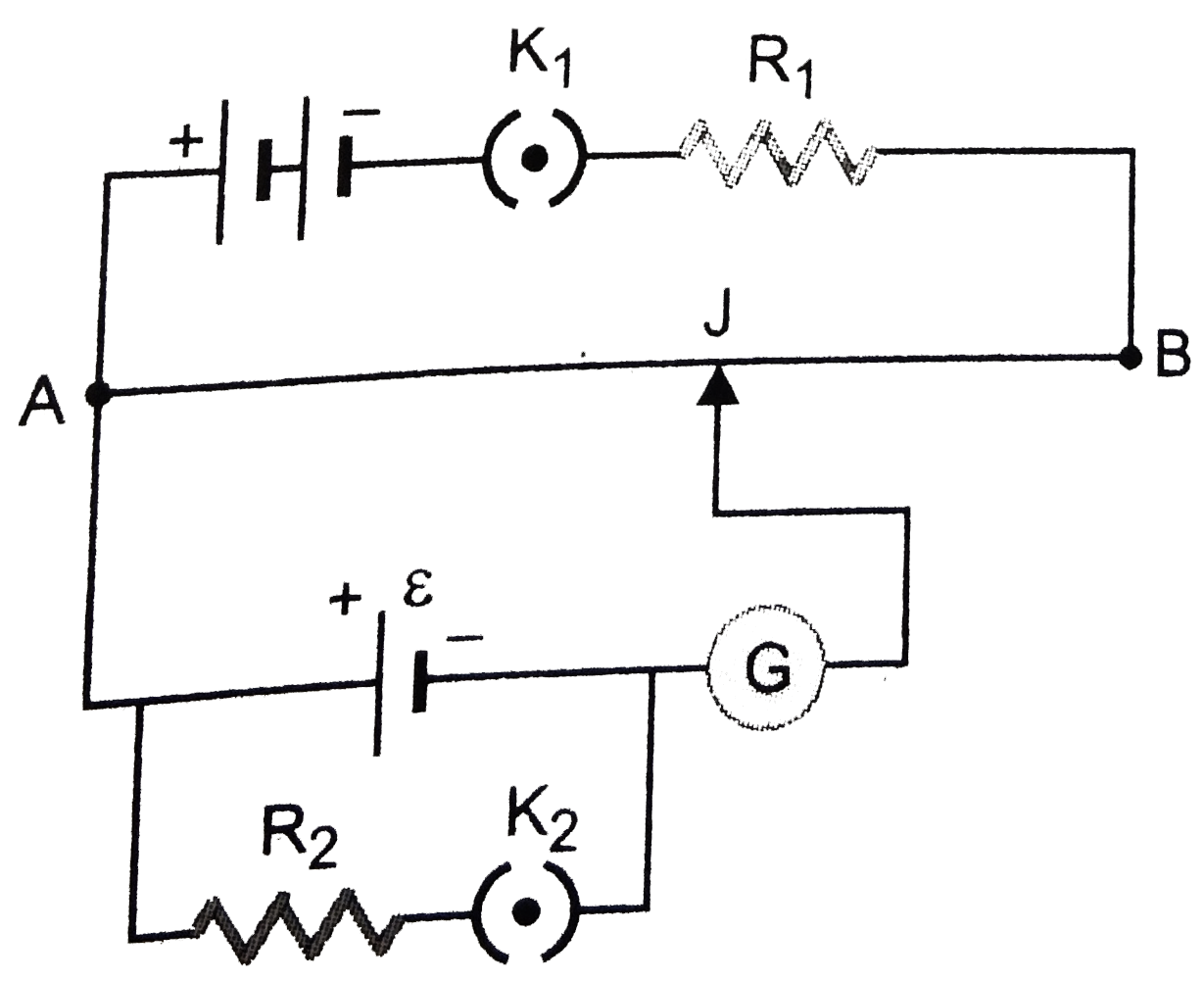In a circuit with a resistance of 5 Omega, if the current is increased, then the voltage will
(A) Decrease (B) Increase (C ) Remain the same (D) Become zero
B
C
D
A
To solve the question, we will use Ohm's Law, which states that:
Ohm's Law: V = I × R
Where:
- V is the voltage (in volts),
- I is the current (in amperes),
- R is the resistance (in ohms).
Given:
- Resistance (R) = 5 ohms
- Current (I) is increased.
1. Identify the relationship: According to Ohm's Law, the voltage (V) across a resistor is directly proportional to the current (I) flowing through it when the resistance (R) is constant.
Hint: Remember that Ohm's Law shows how voltage, current, and resistance are related.
2. Substitute the known values: In this case, we know the resistance is 5 ohms. If the current increases, we can denote the initial current as I1 and the increased current as I2 (where I2 > I1).
Hint: Think about how changing the current affects the voltage when resistance is constant.
3. Analyze the effect of increasing current: If we increase the current (I2 > I1), we can express the voltages as:
- Initial voltage: V1 = I1 × 5
- New voltage: V2 = I2 × 5
Hint: Consider how multiplying a larger current by the same resistance will affect the voltage.
4. Compare the voltages: Since I2 > I1, it follows that:
- V2 = I2 × 5 > V1 = I1 × 5
This means that the new voltage (V2) is greater than the initial voltage (V1).
Hint: When you multiply a larger number (current) by a constant (resistance), the result (voltage) increases.
5. Conclusion: Therefore, if the current is increased, the voltage will also increase.
Final Answer: (B) Increase
- V is the voltage (in volts),
- I is the current (in amperes),
- R is the resistance (in ohms).
- Resistance (R) = 5 ohms
- Current (I) is increased.
- Initial voltage: V1 = I1 × 5
- New voltage: V2 = I2 × 5
- V2 = I2 × 5 > V1 = I1 × 5
Similar Questions
Knowledge Check
If the resistance in a circuit with constant voltage increases, the current will:
AincreaseBdecreaseCstay the sameDnot enough informationIn a circuit containing an inductance of zero resistance, the current leads the applied a.c. voltage by a phase angle at
A90∘B−90∘C0∘D180∘Keeping voltage constant, if more lamps are put into a series circuit, the overall current in the circuit :
A. Increases
B. Decreases
C. Remains the same
D. Becomes infiniteACBBCADD
The resistance of a coil for direct current is 10Ω. An alternating current is sent through it. Will its resistance remain the same ?
View SolutionAn a.c. circuit consists of ohmic resistance only. If the frequency of a.c. source increases then current in the circuit also increases.
View SolutionFor the circuit would the balancing length increase, decrease or remain the same if (i) R1 is decreased (ii) R2 is increased, without any change (in each case) in the rest of the circuit ? Justify your answer in each case.

View SolutionIf we increase the driving frequency in a circuit with a purely resistive load, do (a) amplitude VR and (b) amplitude IR increase , decrease, or remain the same ?
View SolutionIn the circuit in figure, the current flowing 5Ω resistance is :

View Solution
